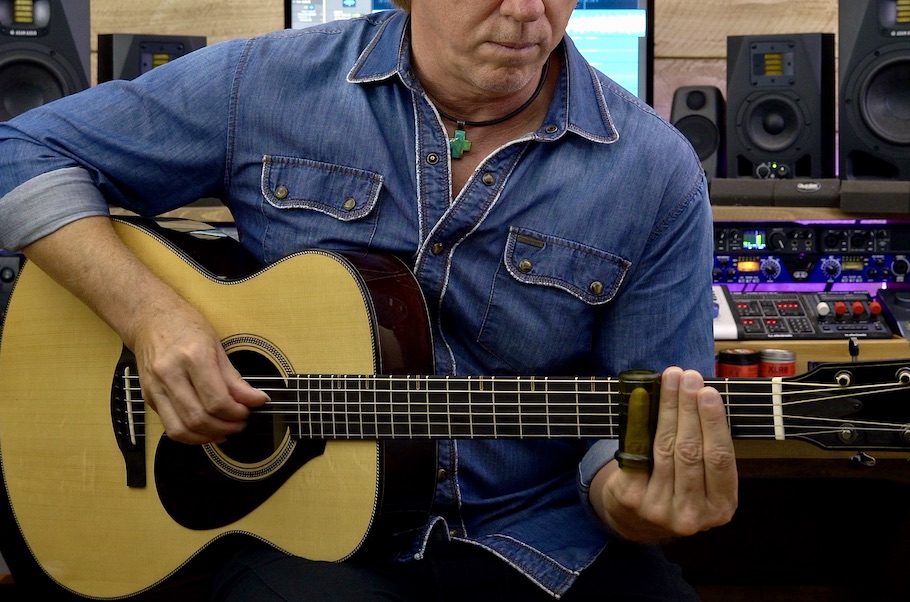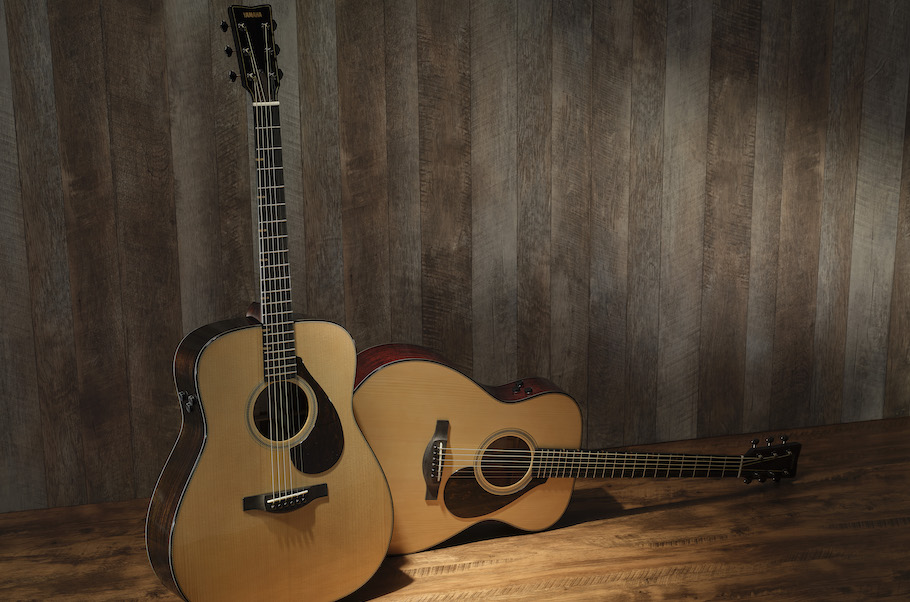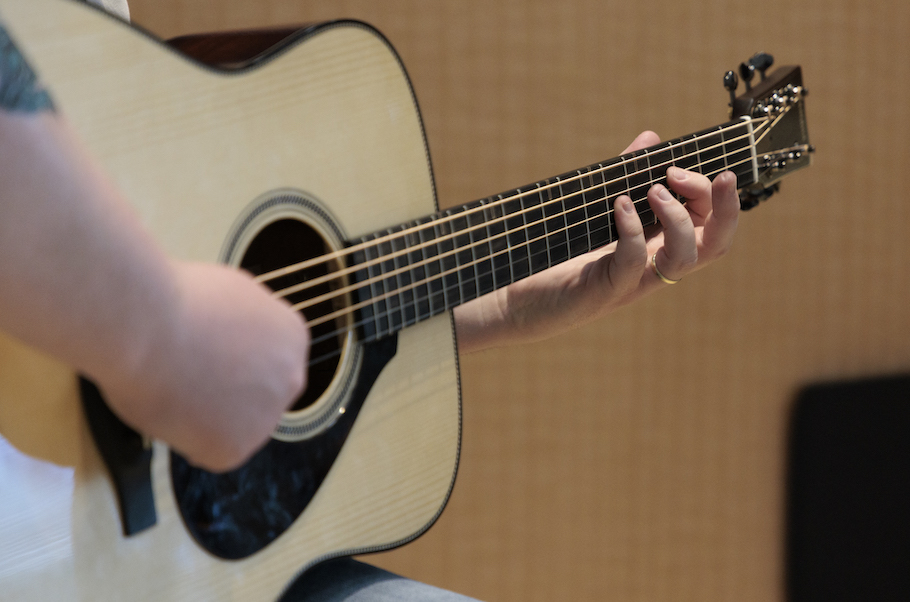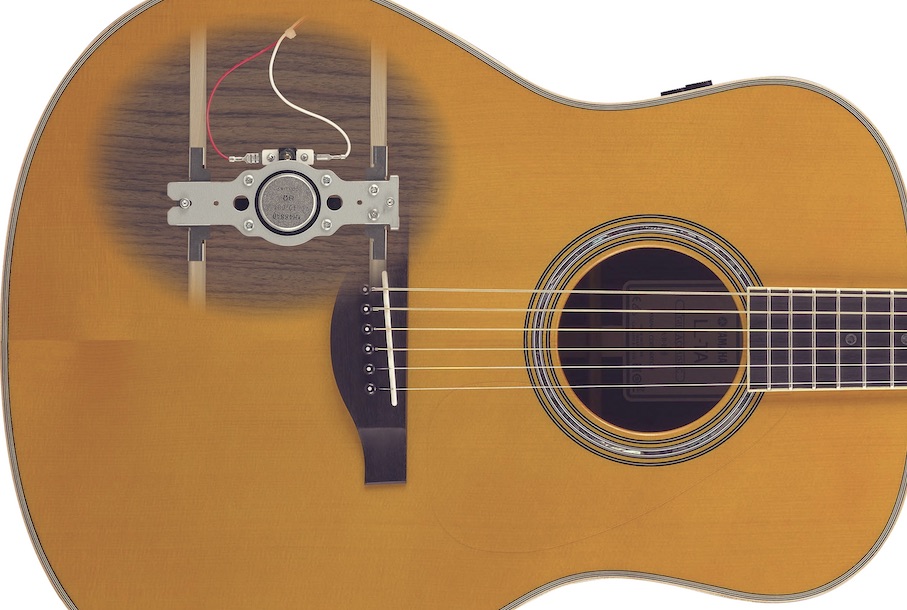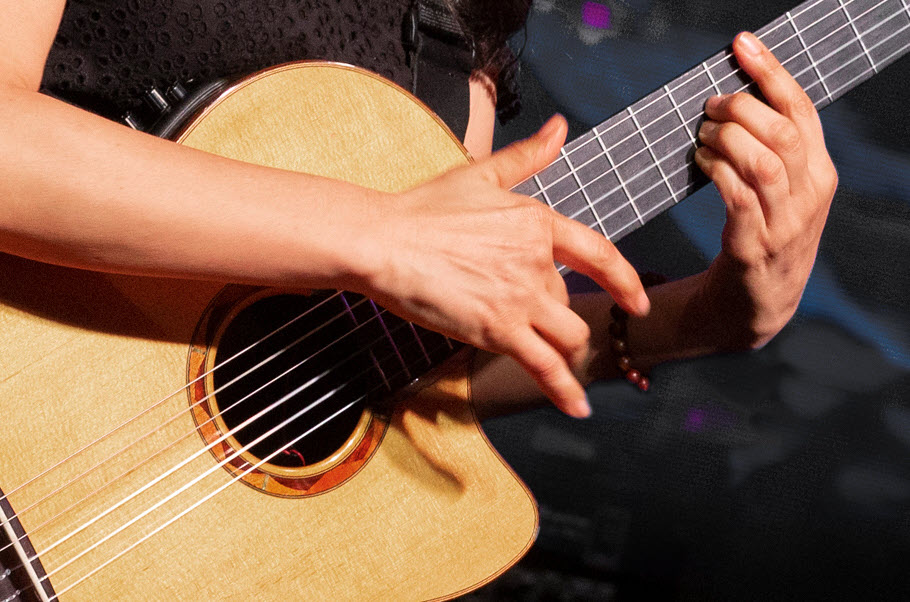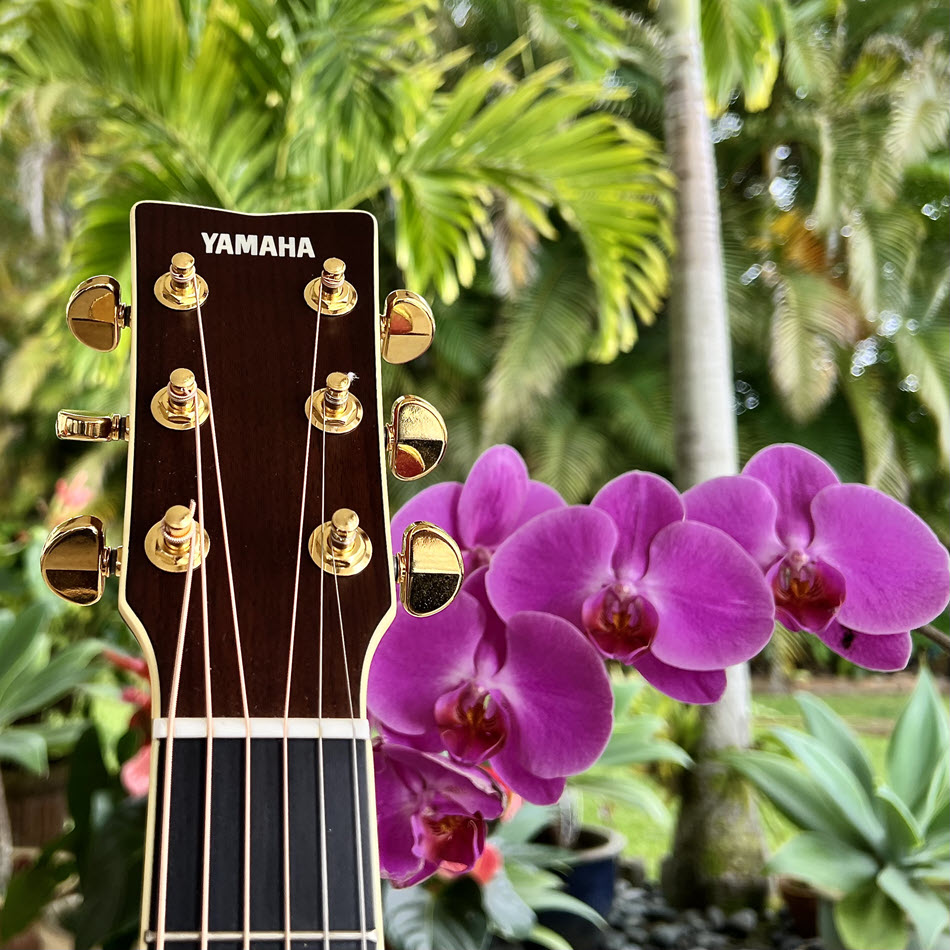Tagged Under:
Nylon-String vs. Steel-String Guitars
Which one is right for you?
With the start of another new year, we often make resolutions to lose weight, start a workout regime, learn a new language, or take on an exciting hobby that we’ve always wanted to try.
While learning to play the guitar won’t help you shed the extra holiday pounds, it will immerse you in the resonant frequencies of a beautiful art form that enhances overall health and the joyous pursuit of musical self-expression. Music is also an incredible language with global appeal, understanding and appreciation.
Is it easy to learn the guitar? Well, it can be, depending on your dedication to the process and utilization of the right educational tools. But probably the biggest factor is choosing the guitar that’s best suited to your personal needs. There are three main types of six-string guitar: electric, acoustic steel-string, and acoustic nylon-string. Of course, certain musical styles lend themselves to certain guitar types. (Trying to play heavy metal on a nylon-string acoustic guitar, for example, may not be the best way to go.) That said, pretty much everything you learn as a guitar player can be articulated on any of the three.
In this posting, we’ll concentrate on the two acoustic guitar types and explore the physical and musical differences between them. A good understanding of this will allow you to make a better-informed decision when you’re ready to buy your first — or your next — guitar.
Physical Attributes
Steel-string guitars
Acoustic steel-string guitars come in a variety of body sizes, neck widths and scale lengths. The shorter the scale length (that is, the shorter the distance between the nut and the bridge), the less tension there will be on the strings, which is definitely a good thing for beginners.
Steel-string guitars range in size from parlor size (the smallest) to orchestra, concert, grand auditorium, dreadnought and Jumbo (the largest). Choosing the right body size for your physical frame is very important for a beginner. If the guitar overpowers you in volume and size, consider choosing a smaller body style like a parlor or concert body guitar. Conversely, if the guitar feels too small for you and the strings seem too close together for your fingers and hands, consider a larger guitar body size and neck width.
Acoustic steel-strings have two plain (unwrapped) strings: the high E and the B. The remaining four strings are wound with a bronze or phosphor bronze winding. Wound (wrapped) strings have a light ridge and texture to them, as opposed to unwrapped strings, which have no ridge and a smooth texture.
Steel-string guitars have a higher string tension than their nylon-string counterparts, and this may initially make them harder to play, especially if you’re using thick string gauges and the instrument is not set up correctly. Ideally, you’ll want to find a guitar that has low action, meaning that the strings are close to the fretboard, allowing your fingers to easily press them down onto the frets, so the notes sound clean without your having to exert too much pressure or effort. Players with small hands may opt to choose a steel-string with a slimmer neck profile, such as Yamaha CSF Series guitars.
Steel-string guitars are usually played with a plectrum (guitar pick), which adds a nice percussive sound to the rhythmic delivery of chordal passages and lead lines. As you progress as a player, you’ll also want to learn how to use your fingers to pick individual strings — a technique appropriately enough known as fingerpicking.
Nylon-string guitars
Beginners often find nylon-string guitars (also known as classical or Spanish guitars) easier to play and physically more manageable than steel-string guitars. Unlike steel-string guitars, nylon-string guitars are predominantly the same size and generally have the same scale length. If set up correctly, a shorter scale length (and lower string tension — see below) will definitely help the beginner in playing single notes as well as chord shapes.
On these instruments, the top three strings (high E, B and G) are made of nylon and have a low tension, so they require a softer touch than their steel-string counterparts. The lower three strings (D, A, low E) are lightly wound, so they offer a lower tension and have a lighter ridge and smoother texture than wound steel-string versions.
The overall volume of nylon-string instruments will almost always be softer than that of a steel-string, and players often adopt a fingerstyle approach on these guitars. You can strum a nylon guitar, but generally this is done with the nails on the picking hand, not a pick. The overall sound will be percussive in nature, but it will be gentler and less defined than that of a steel-string acoustic.
Traditional classical nylon-string guitars also have a wider fretboard, with a flat fingerboard radius. Having more room between the strings may help players with larger hands. Smaller students may opt for a nylon-string guitar with a non-traditional neck width such as Yamaha NTX Series instruments.
Sonic Differences
As mentioned previously, all musical genres can be performed on either steel-string or nylon-string guitars. However, each will lend itself toward specific types of music due to the tone and feel those guitars elicit.
Typical genres played on nylon-string acoustic guitars would be:
-
- Pop
- Jazz
- Latin
- Classical
- Flamenco
Typical genres played on steel-string acoustics include:
-
- Pop
- Rock
- Blues
- Country
- Bluegrass
- Folk
My advice is that you take into account the sound, playability and overall musical approaches you lean towards before making a final decision on the guitar that might work best for you.
I also suggest finding a nylon- and steel-string guitar of the same body size to try side-by-side. Hold each instrument and see which one feels more comfortable in your hands. If you’re not able to play guitar yet, have the store staff audition the instruments for you, and ask them to demonstrate the differences we’ve discussed here before making a purchase.
The Videos
Here are two videos that demonstrate the tonal differences and breadth of styles these instruments can achieve.
Nylon-String Demo
Nylon-string guitar is perfect for the classical Spanish flavor of the music in this video. Playing this on a steel-string could work, but would sound less authentic and be slightly harder to play.
Steel-String Demo
A blues tune always sounds so good on a steel-string acoustic! There’s just something pure, raw and unapologetic about the emotional content in this genre. Playing slide on a nylon-string guitar just wouldn’t work. The extra string tension and crisp tone of the steel strings allow the slide to really sing out in a musically satisfying way.
The Guitars
The Yamaha CG-TA TransAcoustic nylon-string and the CSF3M steel-string guitars featured in these videos are roughly the same size, so I thought that would make for a fair comparison, while displaying the vast difference in tone and musical style of each instrument.
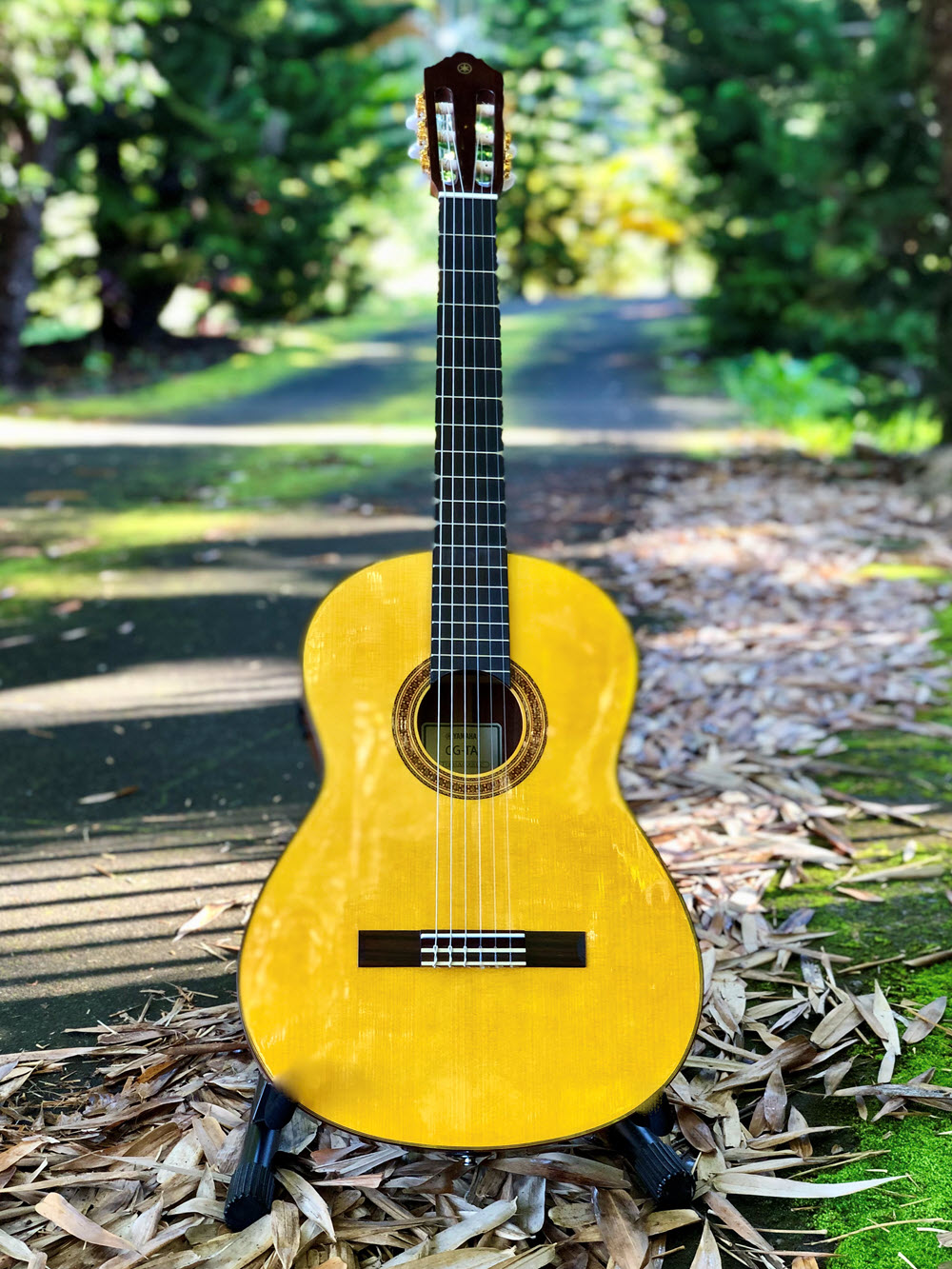
The CG-TA features ovangkol (similar to African rosewood) back and sides, a solid spruce top and wonderful onboard reverbs and chorus. This classical guitar has a traditional-width rosewood fretboard.
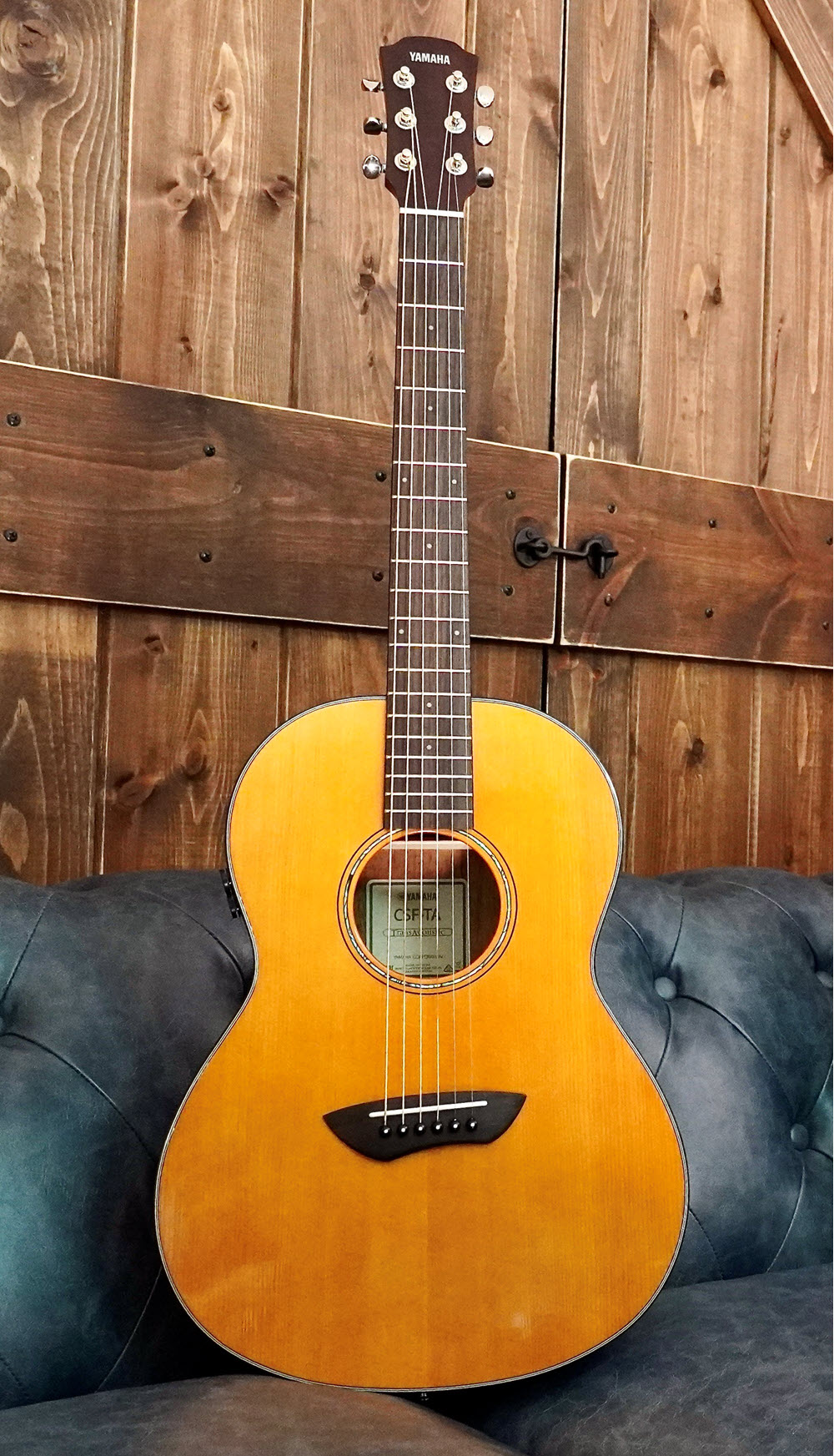
The CSF3M features a solid mahogany back and sides, solid Sitka spruce top and a slim rosewood fingerboard.
Both guitars have a passive undersaddle piezo pickup for recording or live performance.
The Wrap-Up
In my opinion, choosing a guitar that suits you best may be the most important decision you make when you’re first starting out. Fortunately, there are many excellent choices for the beginner. If you can, spend a little more on the right instrument, as the guitar you select may well stay with you throughout your entire lifetime of musical progression.
If the guitar you are trying to learn on is too hard to play, it will seriously impair your ability to learn, create frustration and ultimately cause you to give up before you even begin. But if you choose a playable, inspiring and musically resonant instrument from the get-go, you’ll want to play more, and the resultant practice time will lead to logical progression and personal growth as a musician.
PHOTOGRAPHS COURTESY OF THE AUTHOR










